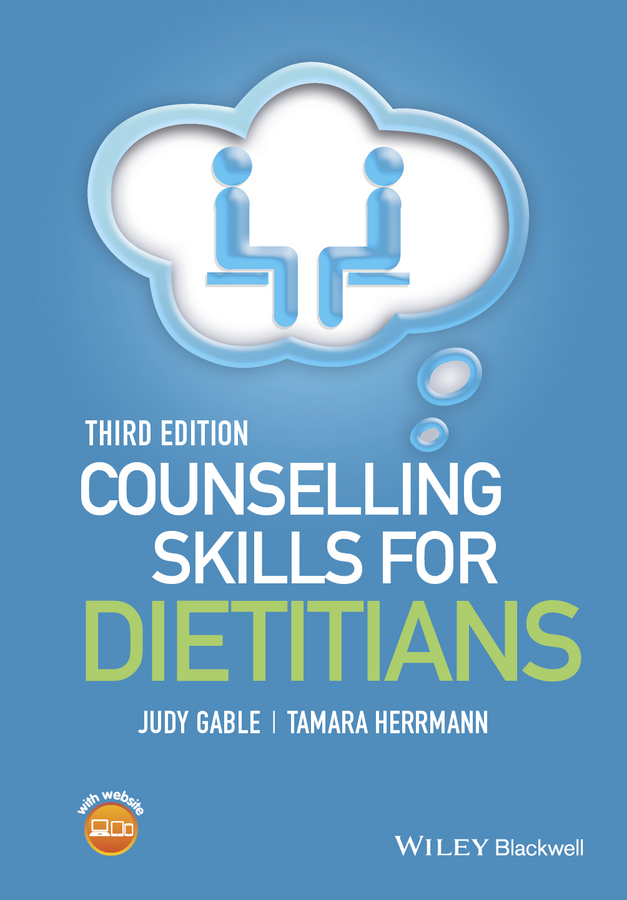Reflective questions
The following questions are designed to help you reflect on a topic, increase your self-awareness and consolidate your knowledge. As each one requires thought, you are recommended to choose one at a time to focus on. You can read more about each topic in the relevant chapter (noted at the end of the question).
Part 1: Using a counselling approach in patient–centred practice
- • What are the key constituents of the patient-centred approach? (Chapter 1)
- • What are the core conditions necessary for developing a helping relationship? How would you describe each one? (Chapter 3)
- • What are the key stages in the helping process? (Chapter 4)
Part 2: The skills
- • How does active listening differ from passive listening? (Chapter 6)
- • What aspects would you attend to when observing non-verbal communication? (Chapter 6)
- • What do you consider are barriers to communication between dietitian and patient? (Chapter 7)
- • Which categories of verbal response are you most (and least) familiar with using? (Chapter 7)
- • What are the likely consequences of using low-, medium- and high-risk verbal responses? Give examples of each type. (Chapter 7)
- • What are the advantages of reflective responding? (Chapter 7)
- • Which of the helpful interventions described in Chapter 8 would you find it (i) easy and (ii) difficult to use? (Chapter 8)
Part 3: Putting skills into practice: further considerations
- • What are some of the risks and benefits of involving someone else in an interview with a patient? (Chapter 10)
- • In what ways can a dietitian provide support for someone who is grieving? (Chapter 11)
- • How can you build bridges when there are cultural difficulties in communication? (Chapter 12)
- • What might a child need that a dietitian should be aware of? (Chapter 13)
- • How could you make it easier to communicate with someone who (i) is hard of hearing, (ii) has poor eyesight or (iii) has limited mobility? (Chapter 14)
Part 4: Areas for personal and professional development
- • How can you build a sense of self–esteem? (Chapter 15)
- • What are some of the signs which indicate that stress is becoming problematic? (Chapter 15)
- • Why is self–awareness so important when using counselling skills? (Chapter 15)
- • What steps could you take to build a bigger support network for yourself? (Chapter 16)
- • How could you (do you) provide support for others? (Chapter 16)

